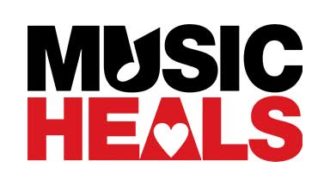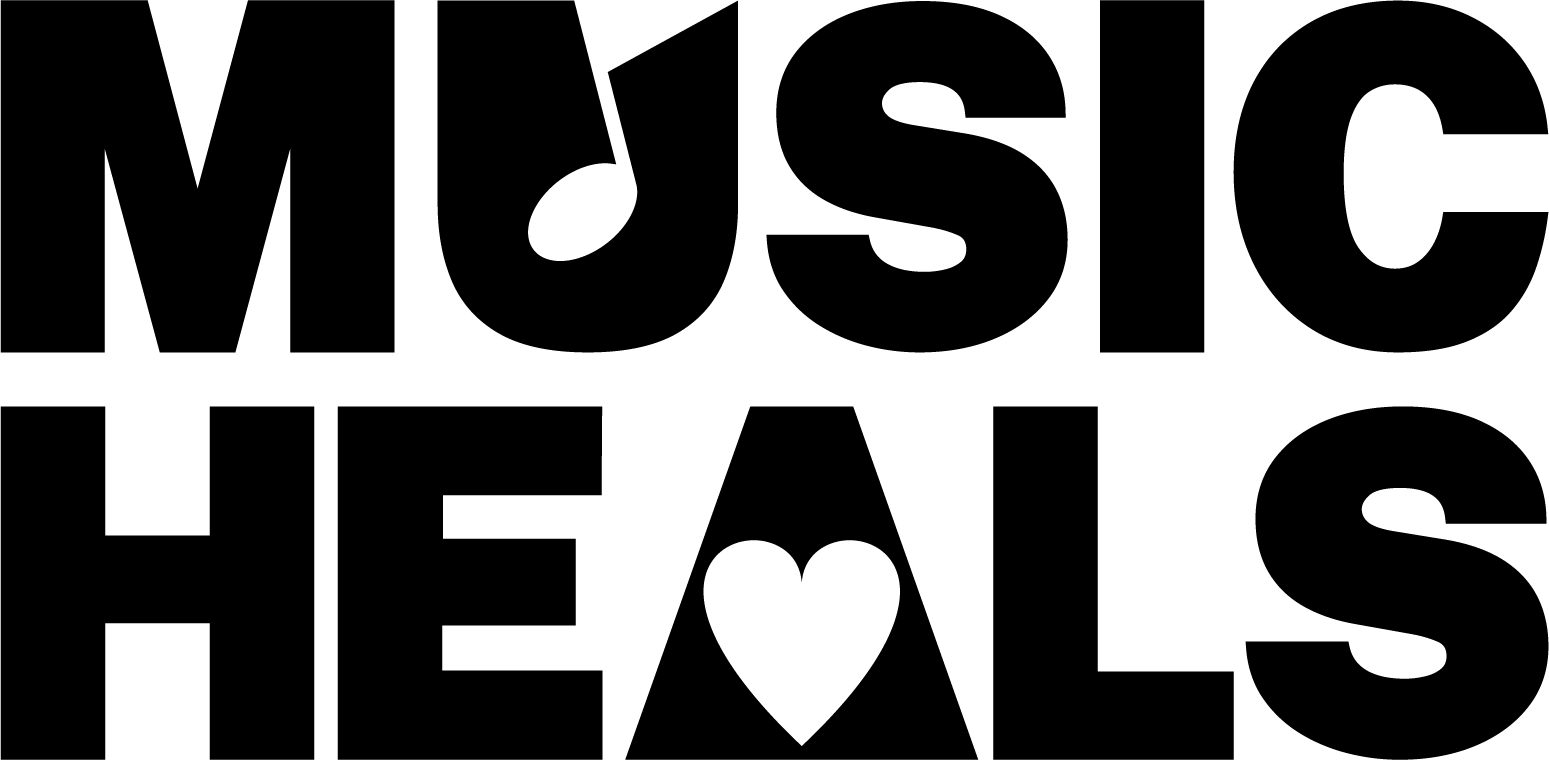Music Therapy Inspired Musical for Children with Severe and Profound Disabilities
April 14, 2014

Monday, Apr 14, 2014
Written by Kristin Noel Veteto MM, MT-BC, NMT – F
Kristin is the owner and therapist of Giving Song, LLC based in Columbia, Missouri. Kristin is a Board Certified Music Therapist who completed fellowship training in Neurologic Music Therapy through The Center for Biomedical Research in Music at Colorado State University. Kristin has a B.A. in Music Therapy and a Masters in Music. Kristin has experience working with a wide variety of populations and currently works with persons with developmental disabilities from age 3 to 25 years of age.
Many thanks to Kristin for sharing her invaluable experience and knowledge with us! We hope it fuels even more creativity in your work as music therapists and that this picture inspires you to even consider taking on a project like the one Kristin describes. The students and staff that surround Kristin are undoubtedly grateful for her role in this production. Enjoy reading and learning from her story!
__________________________________________________
I have the honor to work at a state school which serves children with severe and profound developmental disabilities. Music therapy at this school is provided through the Individualized Education Program (IEP) as a related service for direct and consultative services under Public Law 94-142 (Education for all Handicapped Children Act) renamed the Individuals with Disabilities Education Act (IDEA). I typically work in the classroom alongside teachers and staff to work on goals such as attention, completing a task, physical movement and coordination, and a variety of other daily routine and academic skills. These students have a variety of services available for their learning including speech therapy, occupational therapy, physical therapy, vision consultation, behavioral consultation, and music therapy to name a few. The school therapists and staff work in an integrated program in the classroom.
In this integrated system, our school works together for a variety of extracurricular activities throughout the year to help integrate the skills the students are learning in the classroom. Such activities include the Paraolympics, March Madness, Special Olympics, Birthday parties, and health fairs. As an integrated part of the interdisciplinary program this year the school put on a full musical, The Wizard of Oz. The most important part of this performance was that each student’s part in the musical was directly correlated to their IEP goals and benchmarks. The musical was a journey for the students, staff, and therapists.

It began like all good ideas with a brainstorming session between myself (the music therapist) and staff. We serve student’s age 5 to 21 years, thus, the musical needed to be age appropriate for a wide range of students. Once we decided onThe Wizard of OZ, I rewrote the play to accommodate the needs of the students and staff. Many of our students need medical interventions including suctioning, medications, and strict eating schedules. Due to this strict scheduling, we decided to split the musical up into 6 scenes, one for each of the 6 classrooms in the school. Each scene was specifically designed around the student’s IEP goals and the variety of students in the classroom.

The next step was to make the musical lyrics, music, and script accessible to each student using their specific communication strategy. Some of these strategies included augmentative devices such as iPads, BigMac switches, Step-by-Step switches, adaptive verbalizations, and picture communication images. For example, as the music therapist utilized the Talking Pictures application on the iPad to take a photo of the student and then program their lines either verbal or songs to that picture. The school and music therapist’s business purchased and made costumes for each student accessible with their body type and mobility. The music therapist used a variety of strategies to plan and organize the prompts and musical equipment and found it most effective to organize it by classroom/scene. Each classroom was provided their scene script along with each student’s portion of the scene highlighted along with their prompts and costumes as a reference. Each classroom was also provided a CD with all songs for the musical to listen to and practice in the classroom. Additionally, each staff member was given a diagram and instructions for their responsibility during the performance. The key to the production of this musical was preparation and forward thinking.

Backdrops and prompts were handmade by students and staff during the weeks prior to the musical. The performance was open to family and friends in the community. Other graphics were used including flyers, programs for the performance, and certificates. I used a word-like program for Mac products called Pages to design such materials. All costumes were found at a discount online through Amazon or through Party City and Walmart. The school also put up a photo booth with handmade prompts for the students, staff, and families. The performance was recorded on video and a copy made for each student as a souvenir.
All pictures from the photo booth were taken and kept confidential and used for the school’s yearbook. For the certificate portion of the day, staff and I made baked goods themed for the musical: Dorthy’s ruby slipper sugar cookies, Tinman’s heart (strawberries), Lion’s Courageous Animal Crakers, Scarecrow Haystacks, and Witch’s brew.
All pictures from the photo booth were taken and kept confidential and used for the school’s yearbook. For the certificate portion of the day, staff and I made baked goods themed for the musical: Dorthy’s ruby slipper sugar cookies, Tinman’s heart (strawberries), Lion’s Courageous Animal Crakers, Scarecrow Haystacks, and Witch’s brew.
The performance was a success. Here are a few things to keep in mind when planning a musical with persons with disabilities in a school setting:
- Brainstorm with staff and other therapists;
- Contact the PTO (Parent /Teacher Organization) for help with funding;
- Think about the schedule of the day/performance (in-school vs. outside of school hours);
- Budget for costumes (save on costumes by reusing across different classrooms);
- Get the students involved in the art/backdrops;
- Enlist other staff and family to help with costumes, backdrops, design items;
- Put up a sign-up sheet for making and purchasing snacks;
- Make a list of each student’s communication style;
- Make a list of each student’s mobility (walker, wheelchair, assistive chair, etc.);
- List musical instruments needed for each student/classroom/scene;
- Divide up small tasks for others to complete;
- Practice with each student individually and each class;
- Provide ample amounts of resources and instructions for teachers and staff;
- Make lists of the 3 days prior to the performance and list out what needs to be done each day;
- Make diagrams for classrooms for where students will be placed and each student placed;
- Utilize technology (iPads, recordings, microphones); and
- Use recorded music and adapt when appropriate.
In my opinion, the integration of art, theatre, and music are essential to overall generalization of skills and this musical was not only an integration of these, but also improved our staff engagement and rapport with the students. The journey was trying at times, but the benefit far outweighed the cost. I encourage those interested in putting together a fine arts program such as a musical to start planning 6 months to a year in advance and get the rest of your school/facility involved. It is the journey where the growth happens.
Written by Kristin N. Veteto MM, MT-BC, NMT-F
Disclaimer: This post is used with permission from the author and does not necessarily represent the views of Music Heals Canada. All content provided on this blog is for informational purposes only. Music Heals Canada makes no representations as to the accuracy or completeness of any information on this site or found by following any link on this site. The owner will not be liable for any errors or omissions in this information nor for any losses, injuries, or damages from the display or use of this information. These terms and conditions of use are subject to change at anytime and without notice.
Are you a music therapist, music therapy intern, or a professional in a field related to Music Therapy that has something to share on the Music Heals blog?
Submissions should include to links to your website and any social media channels you would like included in the article.
Submissions may be edited for length and photos for publication will require a waiver, which will be provided.Submissions should be sent to Alexina Davis: blog@musicheals.ca




